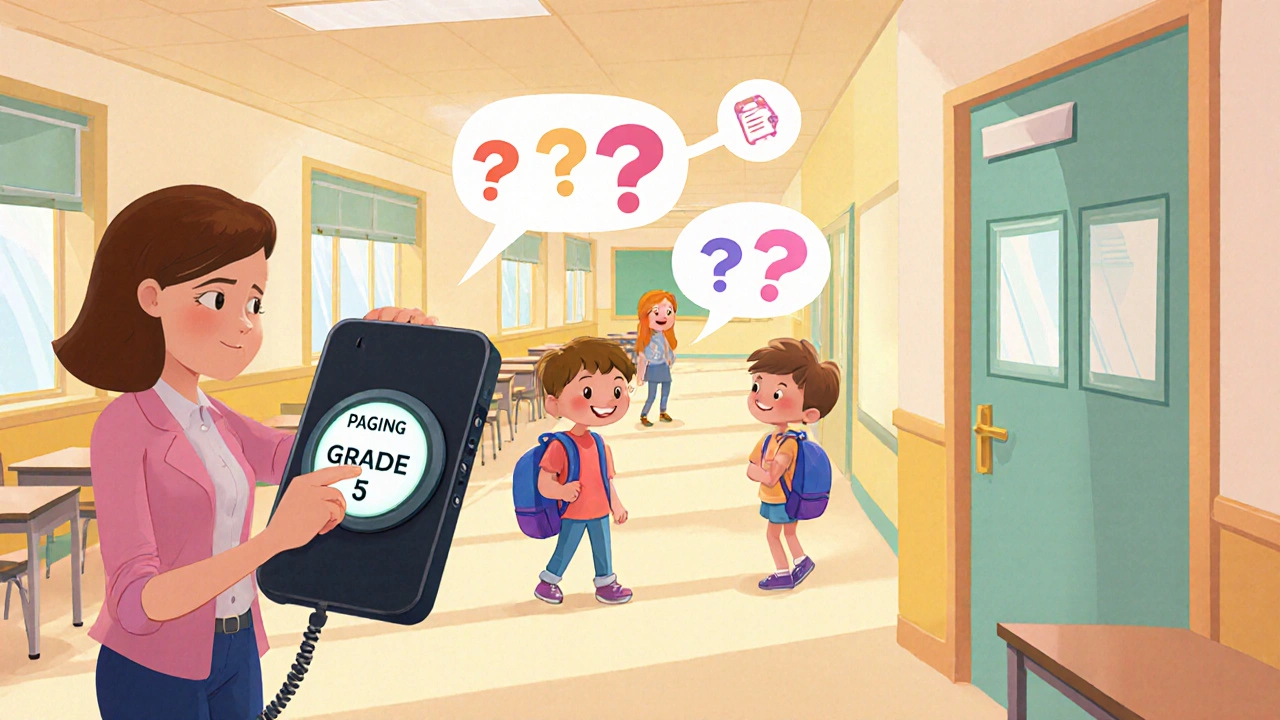VoIP for K-12 Schools: Cost Savings, Security, and Setup Tips
When schools switch to VoIP for K-12, a phone system that uses internet connections instead of traditional phone lines. Also known as IP telephony, it lets schools make free internal calls, reach parents and emergency services at low cost, and scale lines without new wiring. Most public schools still rely on old landlines, but with PSTN shutdowns coming, switching now isn’t optional—it’s urgent.
Running a school phone system isn’t just about making calls. It’s about K-12 VoIP security, protecting student data and stopping toll fraud that can drain budgets. A single unsecured SIP trunk can lead to $10,000 in fraudulent calls overnight. Schools that use VoIP call routing, automatically directing calls to the right office or teacher save time and reduce missed emergency calls. Features like auto-attendants and call recording aren’t luxuries—they’re tools that help staff manage high-volume parent calls, track communications for compliance, and ensure no child is left without support.
Many districts think VoIP means buying expensive hardware, but that’s not true. You can use existing Wi-Fi 6 networks, repurpose old analog phones with ATAs, and set up virtual receptionists for after-hours messages. The real savings come from cutting monthly line fees, eliminating long-distance charges for parent outreach, and reducing IT headaches from outdated systems. Schools that track call volume trends can even predict busy times—like enrollment season or parent-teacher conference nights—and adjust staffing accordingly.
What you’ll find here aren’t theory-heavy guides or vendor sales pitches. These are real setups from school districts that made the switch. From securing SIP registration to choosing the right codecs for classroom audio, every post answers a question a principal, tech coordinator, or teacher actually asked. No fluff. Just what works.
